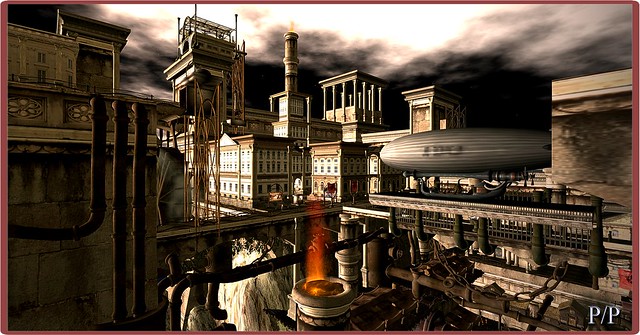 It has been driving me a little nuts over the last few years with all the drivel posts on ‘disruptive’ this and ‘disruptive’ that, particularly when ‘sustainable’ was the catch-phrase from a few years ago that still lingers doubtfully in the verbage of non-profits. In fact, I tend to gloss over ‘disruptive’ these days when it shows up because so many people don’t balance it with sustainability.
It has been driving me a little nuts over the last few years with all the drivel posts on ‘disruptive’ this and ‘disruptive’ that, particularly when ‘sustainable’ was the catch-phrase from a few years ago that still lingers doubtfully in the verbage of non-profits. In fact, I tend to gloss over ‘disruptive’ these days when it shows up because so many people don’t balance it with sustainability.
You see, I was fortunate enough to read The Innovator’s Dilemma: When New Technologies Cause Great Firms To Fail back when it first came out in 1997 – I still have a copy of the first revision. So for this post, and some thoughts on a potential startup or two, I referred back to what I consider the best work out there on disruption and sustainability.
Here are the high points from the Introduction of Christensen’s book. I use ‘product’ as an interchangeable word for ‘service’ in this context since a service is a product of sorts.
Sustaining Technology
- Can be discontinuous or radical (so many internet posts seem to confuse this with disruptive when it can be either),
- Can be of an incremental nature, or as I like to think of it, iterative.
- Improves performance of established products along the dimensions of performance that mainstream customers in majority markets historically value.
- Largely the most advancements in an industry.
Disruptive Technology:
- Results in worse product performance, at least in the near term (in the majority market context).
- Brings to market a very different value proposition.
- Under-performs in established markets.
- Has new fringe features/functionality.
- Is typically cheaper, smaller, simpler and has more frequent use.
- Lower margins, not greater profits.
- Typically is embraced by the least profitable customers of the majority market.
These are very, very simple ways of looking at the differences between the two. A startup can utilize disruptive technologies and enter the market, but there has to be a plan for sustainability (other than being bought by another company) to present itself as a value proposition to anyone involved.
And that’s the key issue that most of the posts I’ve read on disruptive anything fail to mention. Sure, there is risk, but where there is risk, there should be risk mitigation. Don’t get me wrong, I understand solving problems as they come, but only presenting one half of disruptive technology – or disruptive anything, for that matter, is disingenuous.
The disruption of today, to be successful, should be successful tomorrow. Sustainability. Sustainability is why alternating current is used to transmit power over long distances, marketing is why people still think that Edison was more inventor than he was and that Marconi invented the radio.